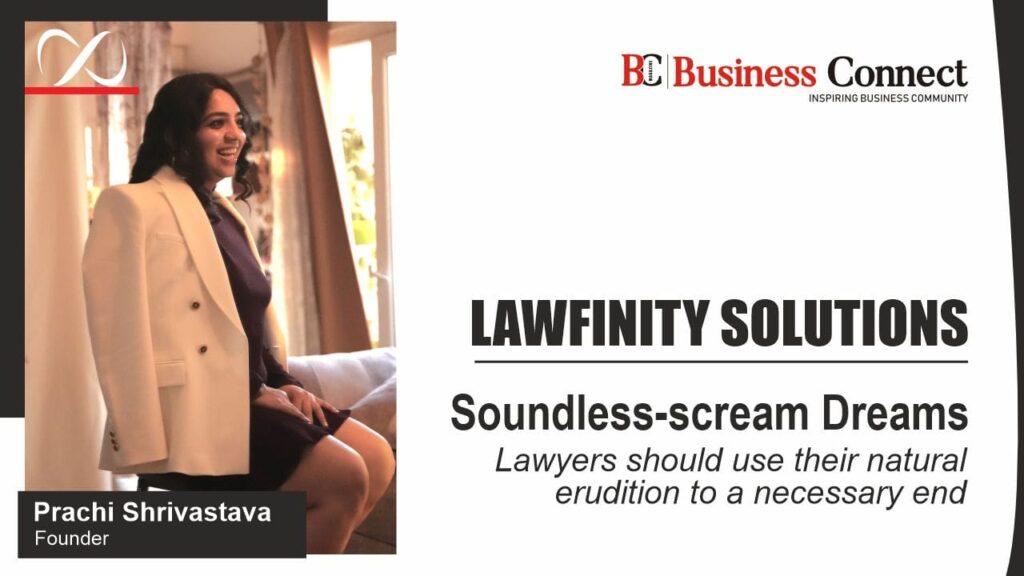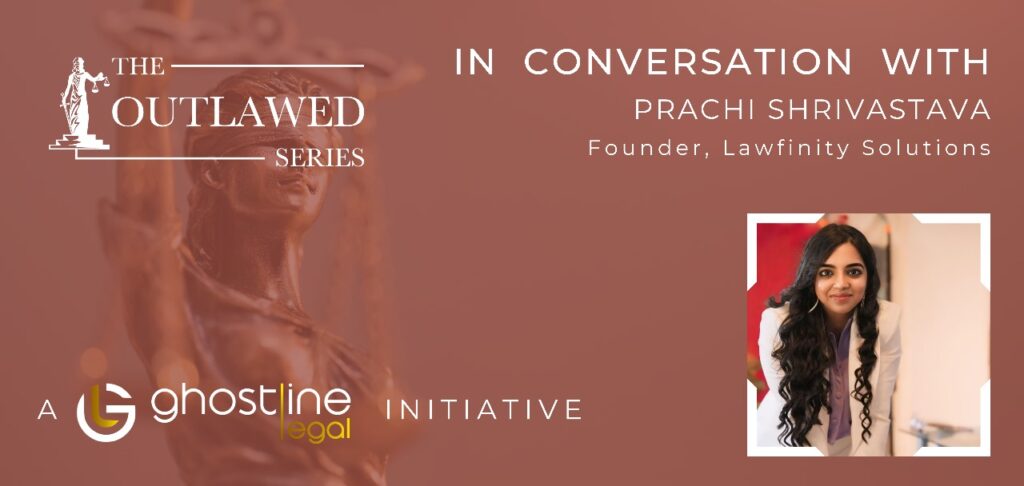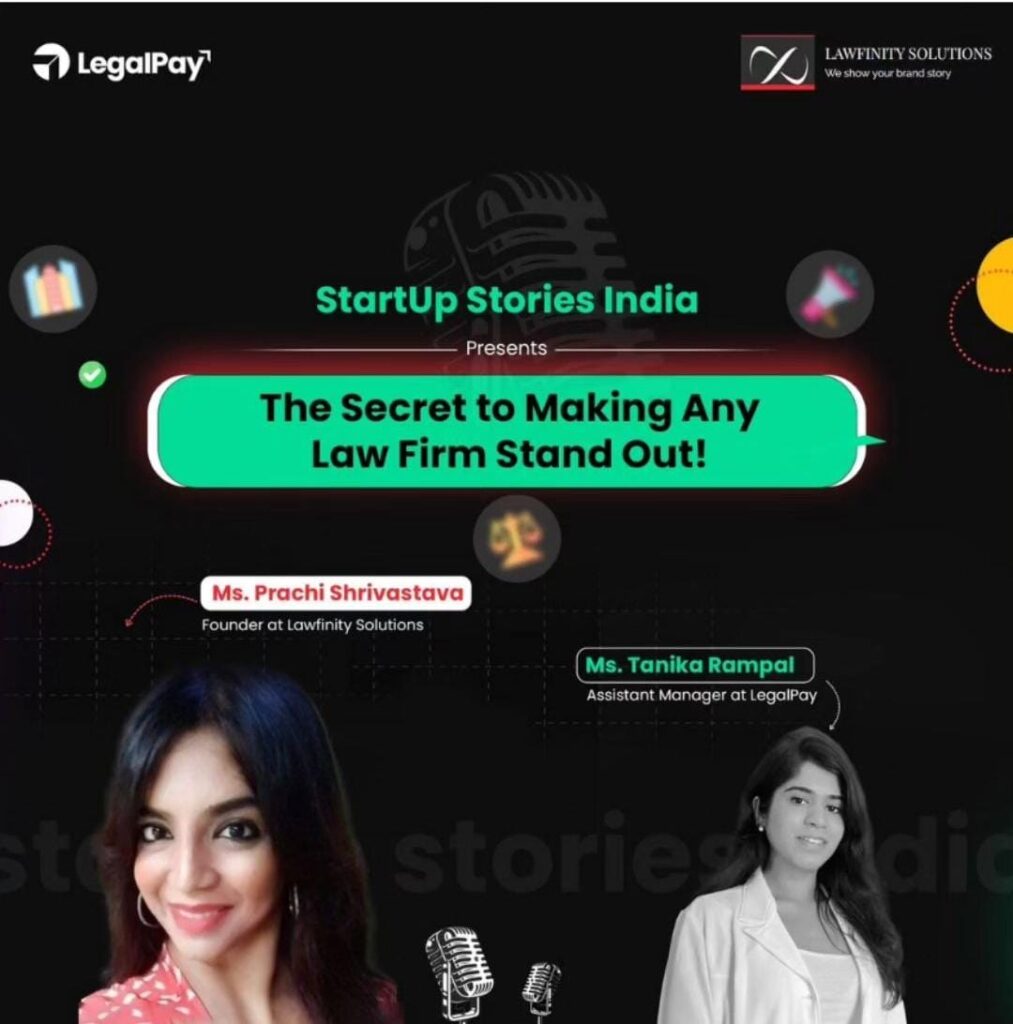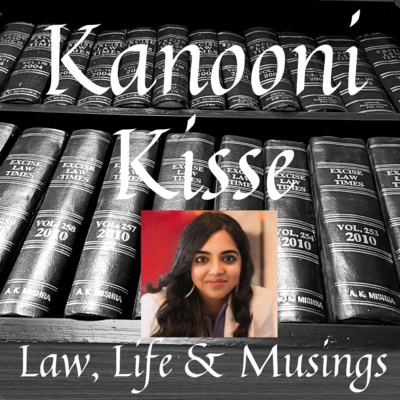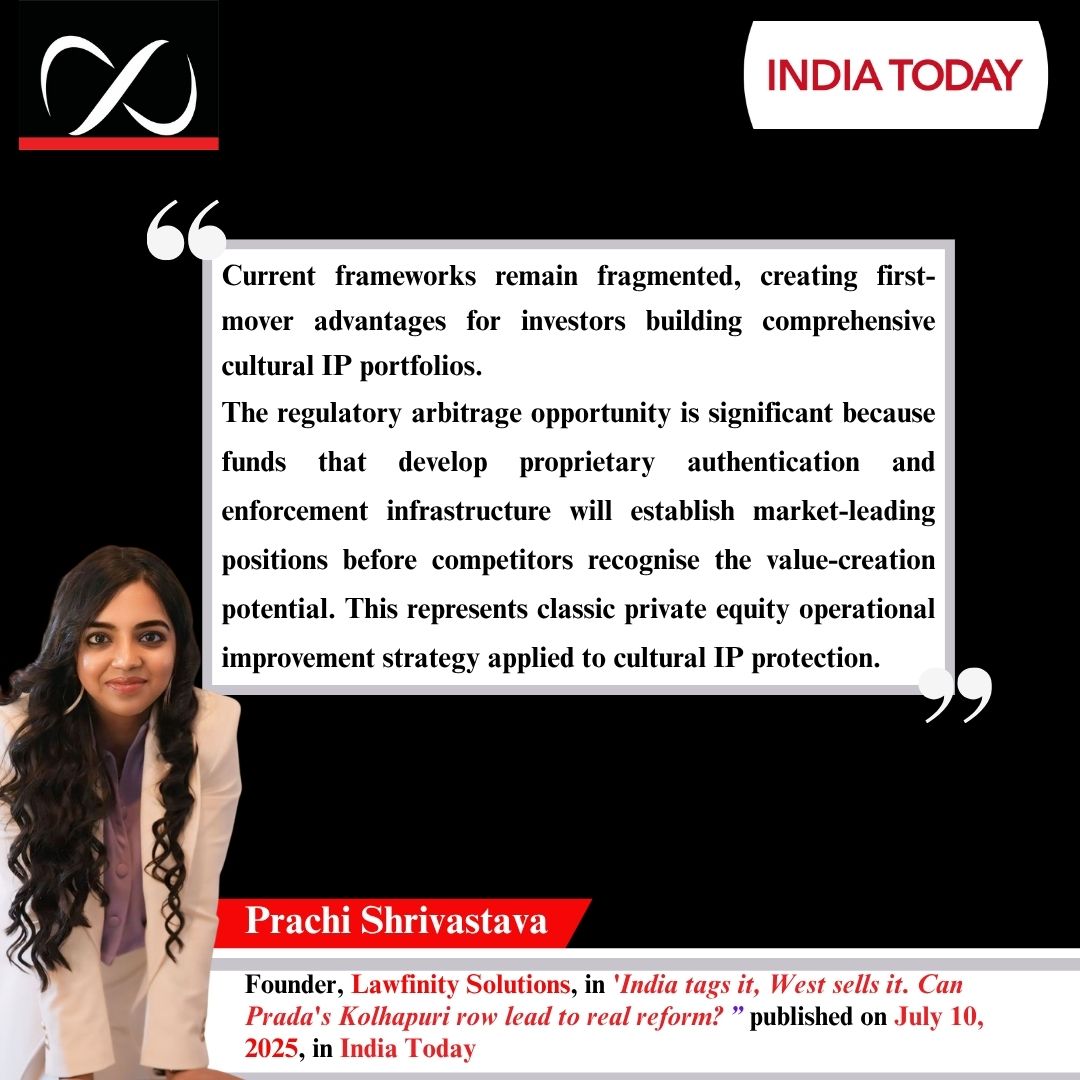
This piece was first published on Bar and Bench
The Playbook is broken.
For the last 10 years law firm visibility advice has sounded like a broken record: Publish regular blogs and whitepaper PDFs, send newsletters, churn out monthly or quarterly webinars and podcasts – all this full of explainers, case studies and judgment reviews, sprinkled with the right keywords and optimised for Google. Show up with consistency. Content is king.
The problem? In 2025, Google no longer cares, and neither do your clients.
Google has changed, and so have your clients
Don’t believe me, just open a tab and type out a legal query in the search bar. You will not land on any firm’s blog. You will stare into an AI-generated paragraph on the search page itself. Then Ads. Then Summaries. Then a block of content that borrows liberally from everything lawyers have already published. And then some links.
So what happens to that 1200-word explainer your firm wrote, or invested in a practice development team to write? You just invested in training an LLM, if at all. It doesn’t bring the ROI back in. At least not the way it has been done for ages now – no, it is not a lead attraction tool.
The advent of AI-driven search tools, like Google’s AI Mode, delivers direct answers to user queries, often reducing the need to click through to traditional web pages. This shift challenges the effectiveness of conventional SEO strategies, particularly for content that lacks unique insights or fails to address specific client needs.
And then there’s the BCI. Indian lawyers are still governed by Rule 36. So while influencers can run retargeting ads, lawyers can’t. Visibility really, really, has to be earned. There’s no way around trust-first, platform-native storytelling. Smart, but also safe.
What I see inside the legal sector every week
At Lawfinity and Vakil Vetted, I directly sit on calls across at least a dozen lawyers across the country, weekly, including solo practitioners and law firm partners. The numbers in business founder calls are catching up. Here’s the data:
1. A few months after investing heavily in their blog and insights section, firms do notice a small uptick in unique visitors. But new client conversation stats tell a different story. Visitors aren’t converting.
2. The warm, loyal clients who do read and recall, often say: “Oh, we know… we read something similar on ChatGPT.”
3. Founders prefer to hop, skip and go straight to “shorts”, “YouTube” or one of their trusted WhatsApp communities and crowdsource the help.
Good luck counting on this trend to reverse.
What visibility looks like in 2025
Visibility now lives where attention lives. That’s in:
1. LinkedIn posts and social media engagement that sounds like the bots each brought their human to the room, too.
2. Elevator-Giveaways, before straight away coming to the elevator-pitch.
3. Messaging sequences (WhatsApp, DM, email) that feel like a favour, not a funnel.
Your clients aren’t just choosing lawyers. They’re choosing who they remember in moments of risk.
Also, brand content and lead content are not the same.
1. Brand content: It builds recall. (Think weekly carousels, panel clips, opinion pieces).
2. Lead content: It converts trust into a reason to call. (Think founder FAQs, WhatsApp flows, scope explainers)
Most lawyers confuse the two. That is why they post a great reel and then wonder where the new retainer is.
Most law firm content isn’t useless. It’s just misplaced
To be clear, my recommendation here is not: never write. I’m only saying: you’re not a media house, you’re a legal advisor. Stop performing for avenues that are no longer sending you traffic, and optimise your budgets (financial and emotional spend) better.
You could still use your insights from the field to build platform-native content that competitors will take a while to catch up to. Package your IP better: create user-friendly, helpful material, beyond just boastful, navel-gazing PDFs. And what’s more, it’s now in your control to use your voice and personality to earn trust while you are giving away all this helpful content.
Were you to continue playing the SEO game, effective SEO now requires a focus on high-quality, authoritative content that addresses the nuanced questions clients have. Long-form content, exceeding 2,000 words, has been shown to perform better in search rankings, suggesting that depth and comprehensiveness are rewarded.
Local SEO remains crucial. Many clients search for legal services within their geographic area, making it essential for law firms to optimize their online presence accordingly.
One size never fit anyone
What works for a solo disputes lawyer in Tier 2 India won’t work for a five-partner boutique M&A firm in BKC.
1. If you’re a litigation-focused practice, your content needs to build courtroom confidence, not SEO density.
2. If you’re an early-stage advisor, you need founder recall, not legalese.
3. If you’re a 10-year-old firm hitting a plateau, your brand needs a refresh more than – or before – it needs the next level of reach.
In addition to traditional written content, law firms are finding success with diverse content formats. Video content, for instance, allows firms to showcase their expertise and build trust with potential clients. High-growth law firms are increasingly investing in video blogs to engage audiences and convey complex legal information in an accessible manner.
By the time visibility becomes a KPI checklist or a “playbook”, the playbook has already stopped working. To reflect your reality, the strategies need to be birthed by someone who breathes your brand. Too poetic? All I am saying is: Universal playbooks have a tendency to make one blind to smelling the news around you in the moment, so let’s look beyond the universal playbook’s pages.
While we, at Lawfinity, reluctantly played the game for a bit…
Our genetics (creating content for the living beast that is a legal trade news reporter) had always pulled us to create for authority-based recall over quick-reaction grabs.
The thing is, SEO was on its death row for the last six years, for anyone who noticed. Let’s address this first. Technically, SEO didn’t die so much as it got repurposed. Google didn’t kill your legal explainer, but fed it to Bard. The collapse isn’t just about lower traffic. It is about the model that was built on the premise that content equals clicks. In 2025, content only equals data source. Unless you’re getting attribution, you’re just another line in the AI summary.
Incidentally, six years ago is when we came into the business of assisting lawyers to signal value without selling out. The widely prevalent practice of repackaging and saying the same things across countless law practice websites, about the latest legal update, or why legal hygiene is important for businesses, or case analysis – each of which follows the same structure playbook – or how a client came back after ignoring initial advice, had never sat well with us.
The tone-deaf manner of inflating static website content with claims that say nothing at all in 37000 words, is a story for another day.
There still was demand. There was also massive skepticism against change. We were considered ‘too junior’. But we knew the rules. So we played the game, and paid the bills. That earned us a front-row seat to compare Keywords vs Positioning. So, with “positioning”, you win credibility in four blogs, instead of fifty – if we were to say it in numbers.
We are in the business of Reality Checks now..
Forever grateful to the clients who back us, so that we can back out of mandates that ask us to do more of what:
1. Makes no founder or GC screenshot you and smugly send it in a WhatsApp group with a: “This is who you should speak to..”
2. Makes no one stop their scrolling for 30 seconds to DM you
3. Makes no one remember your name (or at best, as an annoyance), even though you are constantly in their home feed/DMs/WhatsApp/email everywhere.
Clients now find you through what you signal, and not what you publish. And to signal, you don’t just need a rhythm and keywords. You need at least a few priceless conversations, even to plan what to say, you need to quickly get past gatekeepers to important platforms. And do this before others who are more resourceful amplify your original thought faster than you. Plus, you also need someone who understands ecosystem balance (there’s such a thing as ‘a right time and a right place’ to say the right thing). Signals come from real platforms, real tone and real clarity.
Recall trumps reach. Always has. But now, it is non-negotiable. We are very pleased because we have hidden out and slowly built for this day.






